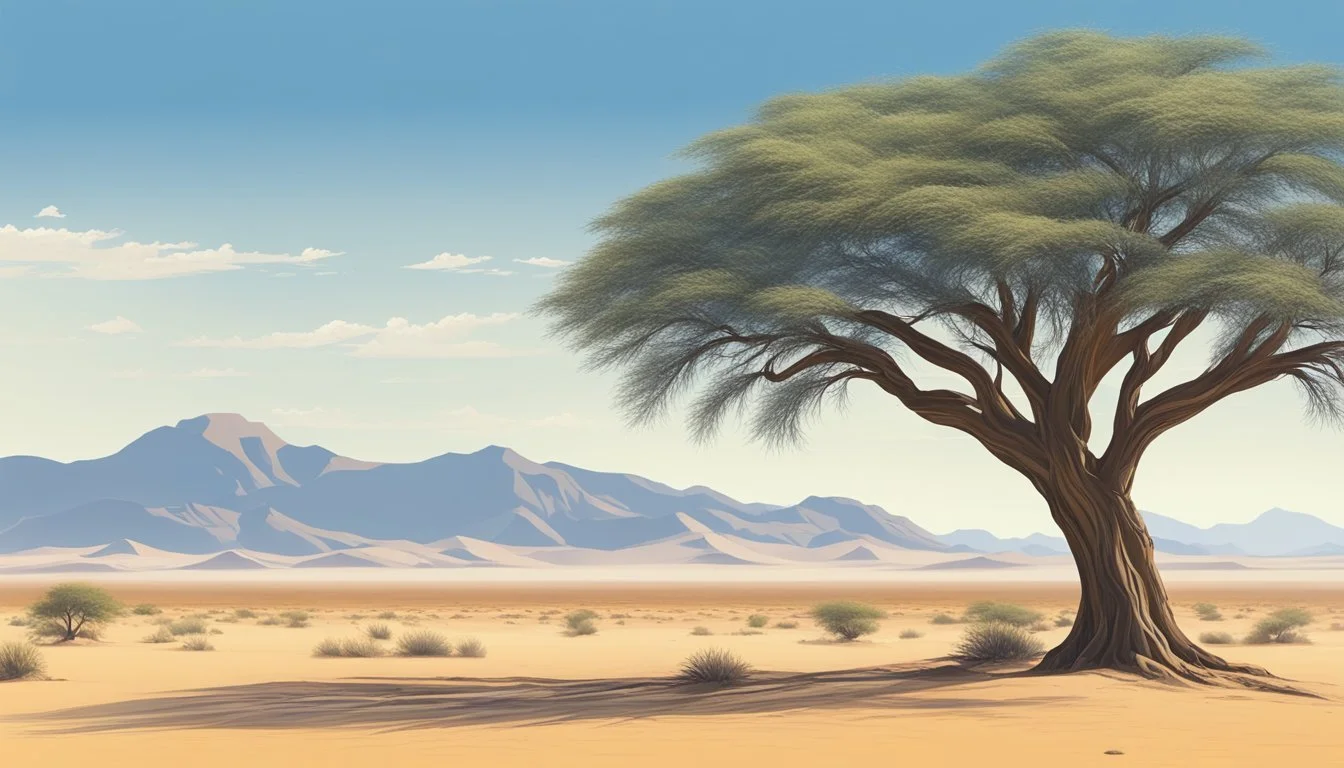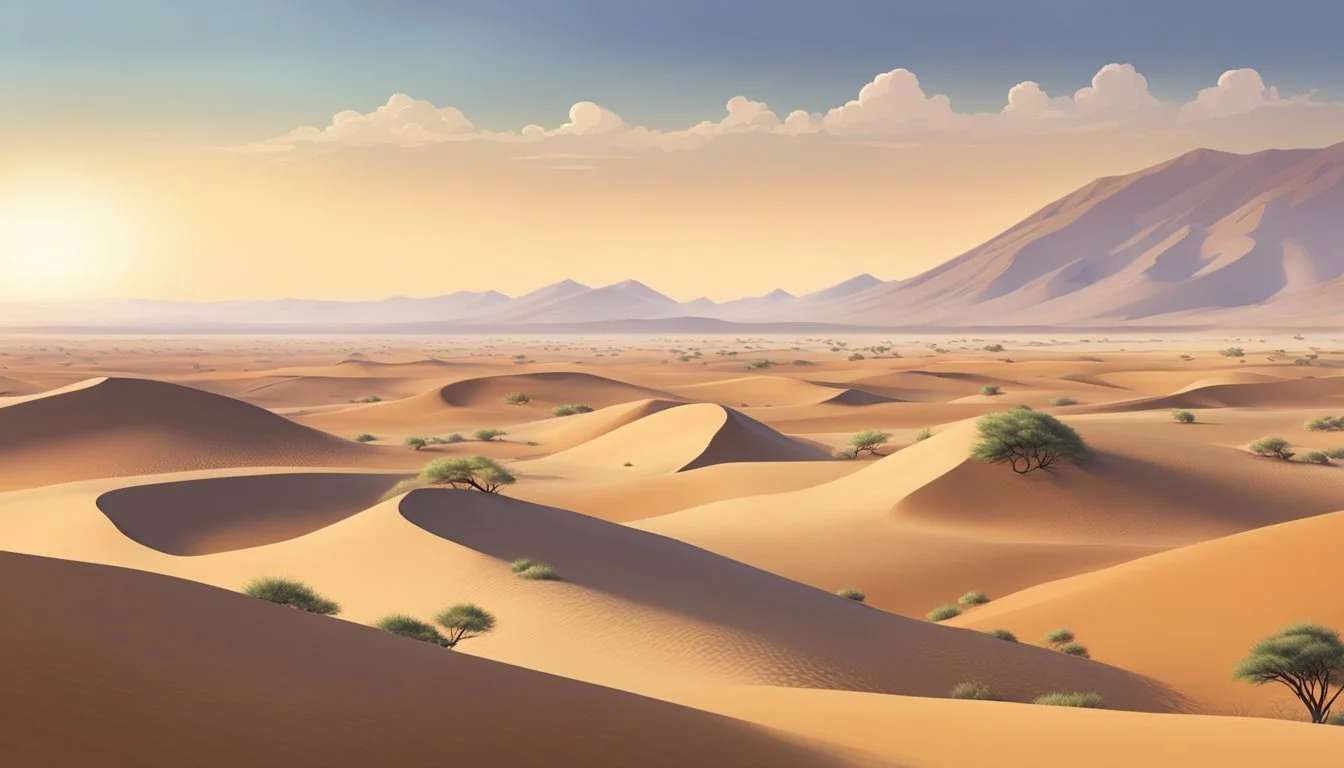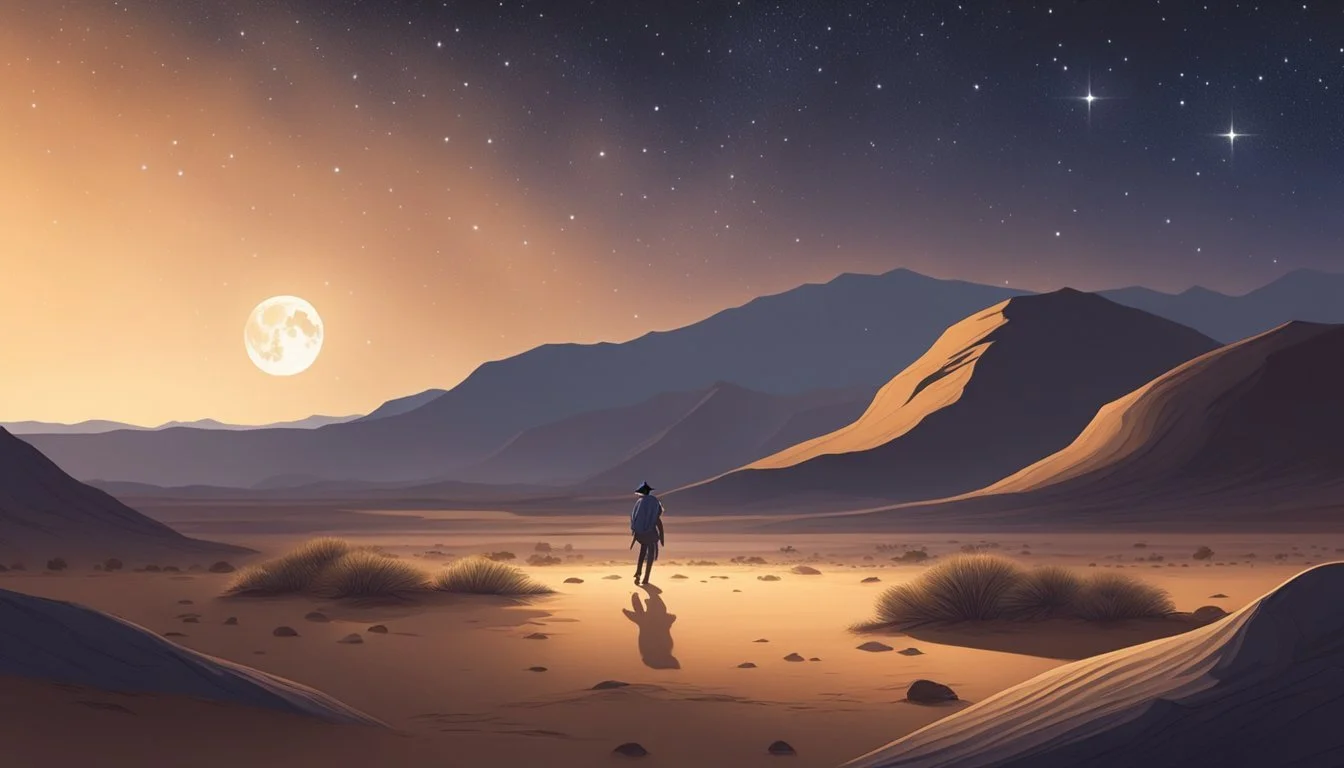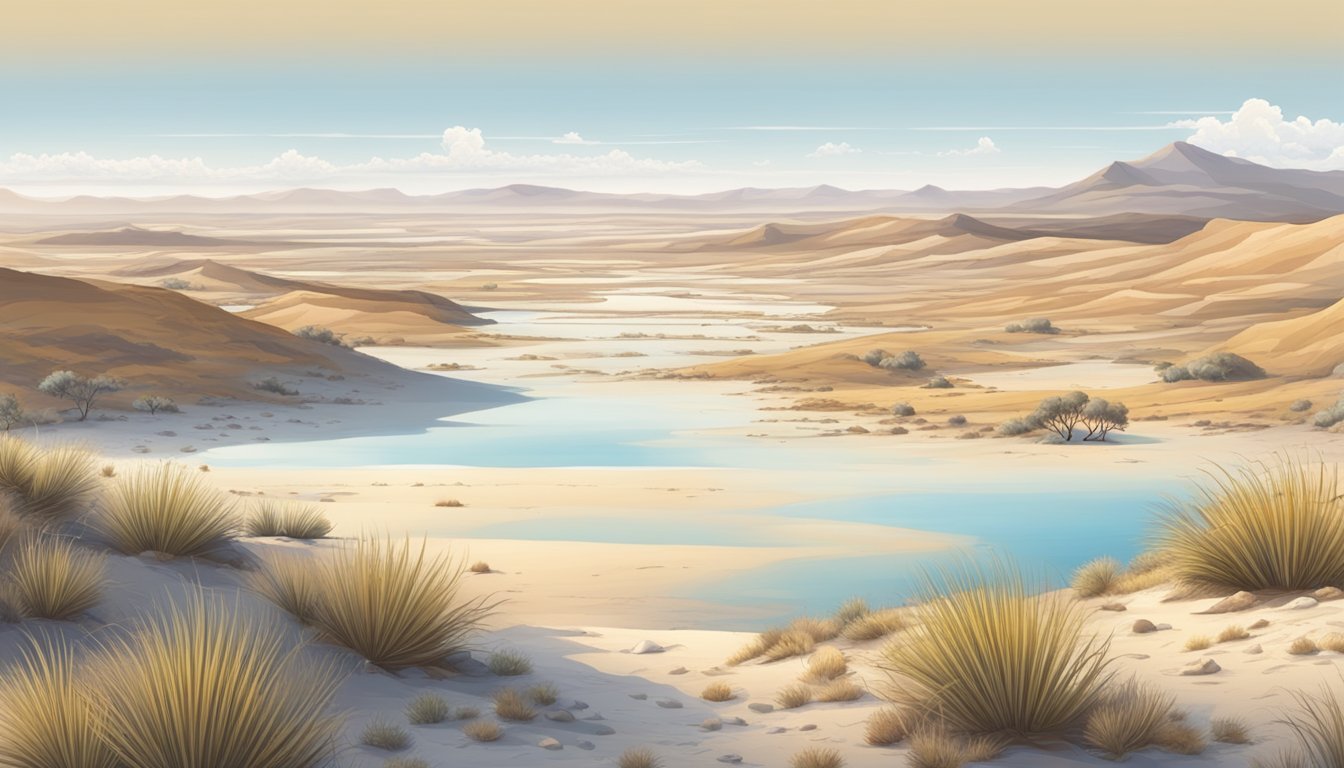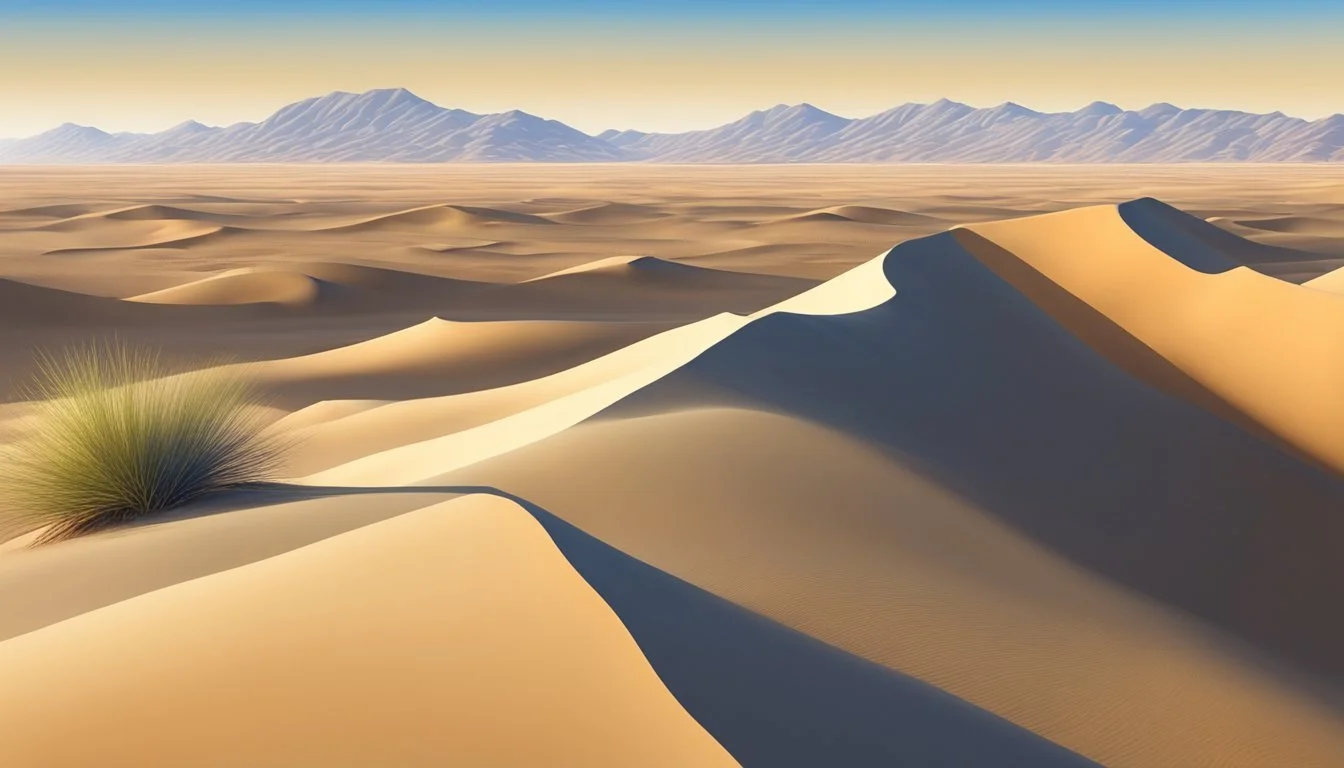6 Insightful Documentaries on Namibia
Exploring Africa's Hidden Gem
Namibia, a vast and sparsely populated country in southern Africa, captivates with its stunning landscapes and rich cultural heritage. From the ancient Namib Desert to the wildlife-rich Etosha National Park, this nation offers a wealth of natural wonders and unique experiences for documentarians to explore.
Documentaries about Namibia provide viewers with an in-depth look at the country's diverse ecosystems, indigenous cultures, and environmental challenges. These films offer stunning visuals of the country's dramatic scenery, including towering sand dunes, rugged coastlines, and expansive savannas. Through expert interviews and on-the-ground footage, they shed light on Namibia's conservation efforts, traditional ways of life, and the delicate balance between human development and nature preservation.
1) Into the Okavango
"Into the Okavango" is a compelling documentary film released in 2018 by National Geographic. The film chronicles an ambitious expedition across three countries to save the Okavango Delta's river system.
Directed by Neil Gelinas, this documentary follows a team of modern-day explorers on their four-month journey. The expedition covers 1,500 miles through Angola, Botswana, and Namibia.
The film showcases the team's efforts to protect one of Earth's last wetland wildernesses. It highlights the challenges faced by the explorers as they navigate unexplored and dangerous landscapes.
"Into the Okavango" features stunning visuals of the region's diverse ecosystems and wildlife. The documentary brings together a conservation biologist, a river bushman, and a young scientist on this epic adventure.
The film premiered on National Geographic channels and has since gained recognition for its conservation message. It offers viewers a unique glimpse into the Okavango Delta's fragile ecosystem and the importance of preserving it.
2) The Namibian Desert
The Namibian Desert, also known as the Namib Desert, is a vast and ancient landscape that stretches along the Atlantic coast of Namibia. It is one of the oldest deserts in the world, estimated to be around 55 million years old.
This unique ecosystem is home to a diverse array of plant and animal life that have adapted to survive in harsh, arid conditions. The desert's most iconic features are its towering sand dunes, some reaching heights of over 300 meters.
Despite its harsh environment, the Namib Desert supports a surprising amount of wildlife. Desert-adapted elephants, lions, and rhinos roam the northern regions, while smaller creatures like the Namib Desert beetle have developed ingenious ways to collect water from fog.
The desert's striking landscapes and unique biodiversity have made it a popular subject for nature documentaries. Filmmakers often capture the stark beauty of the sand dunes, the resilience of desert-dwelling creatures, and the challenges posed by climate change and human activity in this fragile ecosystem.
3) Dancing with the Moon
"Dancing with the Moon" is a captivating documentary that explores Namibia's unique celestial landscapes. This film showcases the country's vast deserts and their mesmerizing interplay with moonlight.
The documentary captures the ethereal beauty of Namibia's night skies, renowned for their exceptional clarity. It highlights how the absence of light pollution in many areas allows for remarkable stargazing experiences.
Viewers are taken on a journey through the Namib Desert, where sand dunes create striking silhouettes against the moonlit sky. The film also features the iconic quiver trees of Namibia, their distinctive shapes forming dramatic shadows in the lunar glow.
"Dancing with the Moon" delves into the cultural significance of celestial bodies for Namibia's indigenous communities. It presents traditional stories and beliefs associated with the moon and stars, passed down through generations.
The documentary also touches on Namibia's growing astrotourism industry. It showcases how the country's natural darkness is attracting visitors from around the world, eager to witness its exceptional nocturnal vistas.
4) Skeleton Coast
The Skeleton Coast, a haunting stretch of Namibia's coastline, has captivated filmmakers and audiences alike. This desolate region, known for its shipwrecks and harsh conditions, serves as the backdrop for several compelling documentaries.
One notable film explores the unique ecosystem of the Skeleton Coast. It showcases the area's diverse wildlife, including seals, desert-adapted elephants, and various bird species that have adapted to this unforgiving environment.
Another documentary delves into the geological history of the Skeleton Coast. It examines the forces that shaped this barren landscape over millions of years, from wind erosion to the cold Benguela Current.
The human history of the Skeleton Coast is also a subject of fascination. Some films focus on the indigenous Himba people and their traditional way of life in this challenging terrain.
Shipwrecks along the coast have inspired documentaries that investigate maritime disasters and the treacherous conditions that earned this area its ominous name. These films often combine historical accounts with modern-day exploration of the rusting remnants scattered along the shore.
Conservation efforts in the region have been documented as well. These films highlight the delicate balance between preserving the Skeleton Coast's unique ecosystem and allowing sustainable tourism and research activities.
5) Voices from the Land
"Voices from the Land" is a documentary film that explores the lives of Black pastoral farmers in Namibia. Directed by Richard Pakleppa, this insightful work sheds light on the complex issues surrounding land tenure and use in the country.
The film provides a platform for Namibian farmers to share their experiences and perspectives. It captures their struggles with difficult social conditions and the challenges they face in their daily lives.
Through interviews and on-the-ground footage, "Voices from the Land" offers viewers a deep understanding of the pastoral farming community in Namibia. The documentary was created for the 1991 Namibian Land Conference to inform delegates about pressing land issues.
Pakleppa's film serves as an important historical record, documenting the situation of Black farmers in Namibia during a critical period. It highlights the importance of land reform and the need for equitable distribution of resources.
"Voices from the Land" stands out for its authentic approach, allowing the farmers themselves to tell their stories. This documentary provides valuable insights into Namibia's agricultural sector and the socio-economic challenges faced by rural communities.
6) Etosha: The Great White Place
Etosha National Park in northern Namibia features a unique landscape dominated by the Etosha Pan, a vast salt flat that was once a prehistoric lake. This striking white expanse gives the park its name, which translates to "Great White Place" in the local language.
The park experiences dramatic seasonal changes. During the dry season, the pan becomes a parched, cracked surface stretching as far as the eye can see. Animals congregate around scattered waterholes, creating excellent wildlife viewing opportunities.
In the wet season, the pan can partially fill with water, attracting numerous water birds and creating a temporary oasis in the desert. This transformation showcases the resilience of life in extreme environments.
Etosha is home to diverse wildlife, including large herds of elephants, various antelope species, and numerous birds. The park's unique ecosystem and the stark beauty of its landscape make it a captivating subject for nature documentaries.
Filmmakers often focus on the contrast between the barren pan and the lush areas along its edges, where hidden oases support an abundance of life. These documentaries highlight the park's role in conservation and its importance as a refuge for endangered species.
Cinematic Exploration of Namibia
Namibia's unique landscapes and wildlife have captivated filmmakers and audiences alike. Documentaries showcase the country's natural beauty and cultural heritage, offering viewers a glimpse into this remarkable African nation.
Reasons for Choosing Namibia as a Subject
Namibia's diverse ecosystems provide filmmakers with stunning visual opportunities. The Namib Desert, one of Earth's oldest deserts, offers otherworldly sand dunes and stark beauty. The country's sparse population allows for unobstructed views of pristine wilderness.
Namibia's rich wildlife, including desert-adapted elephants and lions, attracts nature documentarians. The Gobabeb Research Station serves as a hub for scientific exploration, offering filmmakers access to expert knowledge and unique research subjects.
The nation's cultural diversity, from the Himba people to German colonial architecture, presents compelling human interest stories. Namibia's history of conservation efforts also provides an engaging narrative for environmental documentaries.
Impact of Documentaries on Tourism and Conservation
Documentaries have significantly boosted Namibia's tourism industry. Films showcasing the country's natural wonders inspire viewers to visit, contributing to economic growth. Increased tourism has led to job creation and improved infrastructure in remote areas.
These films also raise awareness about conservation issues. By highlighting Namibia's unique ecosystems and wildlife, documentaries encourage support for preservation efforts. Many productions collaborate with local conservation organizations, directly contributing to protection initiatives.
Documentaries serve as educational tools, both internationally and within Namibia. Schools use these films to teach students about their country's natural heritage, fostering pride and environmental stewardship in younger generations.
Cultural and Historical Themes in Namibian Documentaries
Namibian documentaries offer profound insights into the country's rich cultural heritage and complex history. These films explore indigenous communities and historical narratives, providing viewers with a nuanced understanding of Namibia's past and present.
Depiction of Indigenous Communities
Documentaries showcase Namibia's diverse indigenous groups, highlighting their traditions and ways of life. Films often focus on the San people, known for their ancient hunter-gatherer culture. The Himba and Herero communities also feature prominently, with their distinctive customs and attire captured on screen.
Filmmakers explore the challenges these groups face in modern times, including land rights issues and cultural preservation efforts. Some documentaries examine the impact of tourism on indigenous communities, presenting both opportunities and concerns.
Historical Narratives and Their Representation
Namibia's complex colonial history is a recurring theme in documentaries. Films often address the German colonial era, exploring its lasting impact on the country. The struggle for independence from South Africa is another key focus, with documentaries featuring interviews with freedom fighters and archival footage.
Some films tackle the sensitive topic of the Herero and Nama genocide, bringing attention to this often-overlooked historical event. Recent documentaries also explore Namibia's post-independence challenges and achievements, offering balanced perspectives on the nation's progress.

